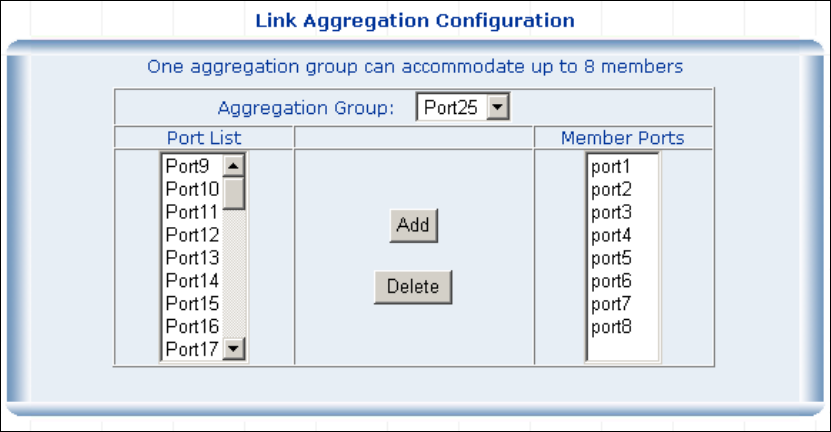
It allows a maximum of eight ports to be aggregated at the same time and up to 12 groups. If the group is
defined as a LACP static link aggregationing group, then any extra ports selected are placed in a standby
mode for redundancy if one of the other ports fails. If the group is defined as a local static link
aggregationing group, then the number of ports must be the same as the group member ports.
4.7 Security
.7.1 VLAN
4.7.1.1 Theory
video conferencing, can
be severely and adversely affected by even very small delays in transmission.
ant
nes the packet's degree of
expeditiousness and determines the queue to which it will be assigned.
d
delays, or for data from specified end users whose data
4
Understanding IEEE 802.1p Priority
Priority tagging is a function defined by the IEEE 802.1p standard designed to provide a means of
managing traffic on a network where many different types of data may be transmitted simultaneously. It is
intended to alleviate problems associated with the delivery of time critical data over congested networks.
The quality of applications that are dependent on such time critical data, such as
Network devices that are in compliance with the IEEE 802.1p standard have the ability to recognize the
priority level of data packets. These devices can also assign a priority label or tag to packets. Compli
devices can also strip priority tags from packets. This priority tag determi
Priority tags are given values from 0 to 7 with 0 being assigned to the lowest priority data and 7 assigne
to the highest. The highest priority tag 7 is generally only used for data associated with video or audio
applications, which are sensitive to even slight


















